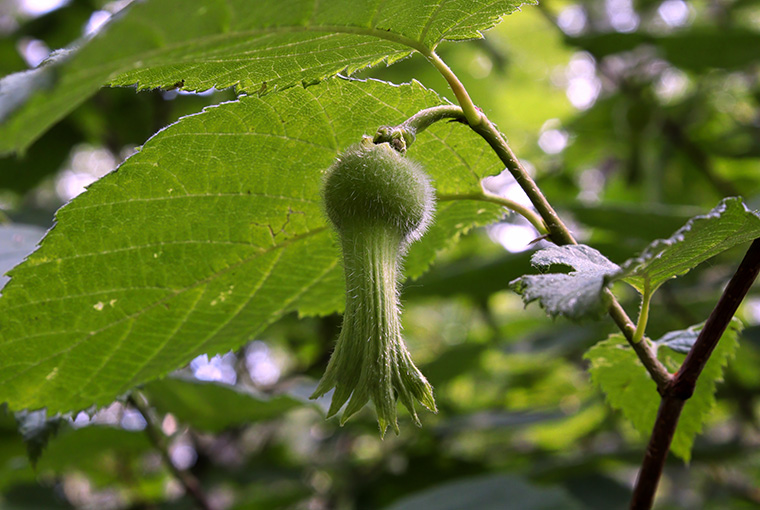
When it comes to white-tailed deer food, we often think of wildflowers, clover, grasses, or, agricultural crops and man-made food plots. As hunters, we use these to our advantage and consider them during scouting and stand set-up. There is another key deer food that hunters often overlook — trees and shrubs.
This is especially true in the late summer and fall when many tree species begin dropping their fruits to the forest floor, giving deer an easy and nutritious meal. Where these trees release their nuts and seeds, you will surely find deer sign.
Trees for deer food
Hickory
Hickories are an overlooked hardwood for deer. They are more prevalent in the Carolinian Forest zones of Ontario (in the far south from about Windsor to Toronto). The two most common species are bitternut hickory (Carya cordiformis) and shagbark hickory (Carya ovata). The sweet and nutritious nuts of the shagbark hickory are unmistakable in appearance, characterised by their large size and thick, fleshy husks surrounding the seed. Mature shagbarks are easy to spot in the forest due to their long, peeling strips of bark which give the tree a “shaggy” appearance.
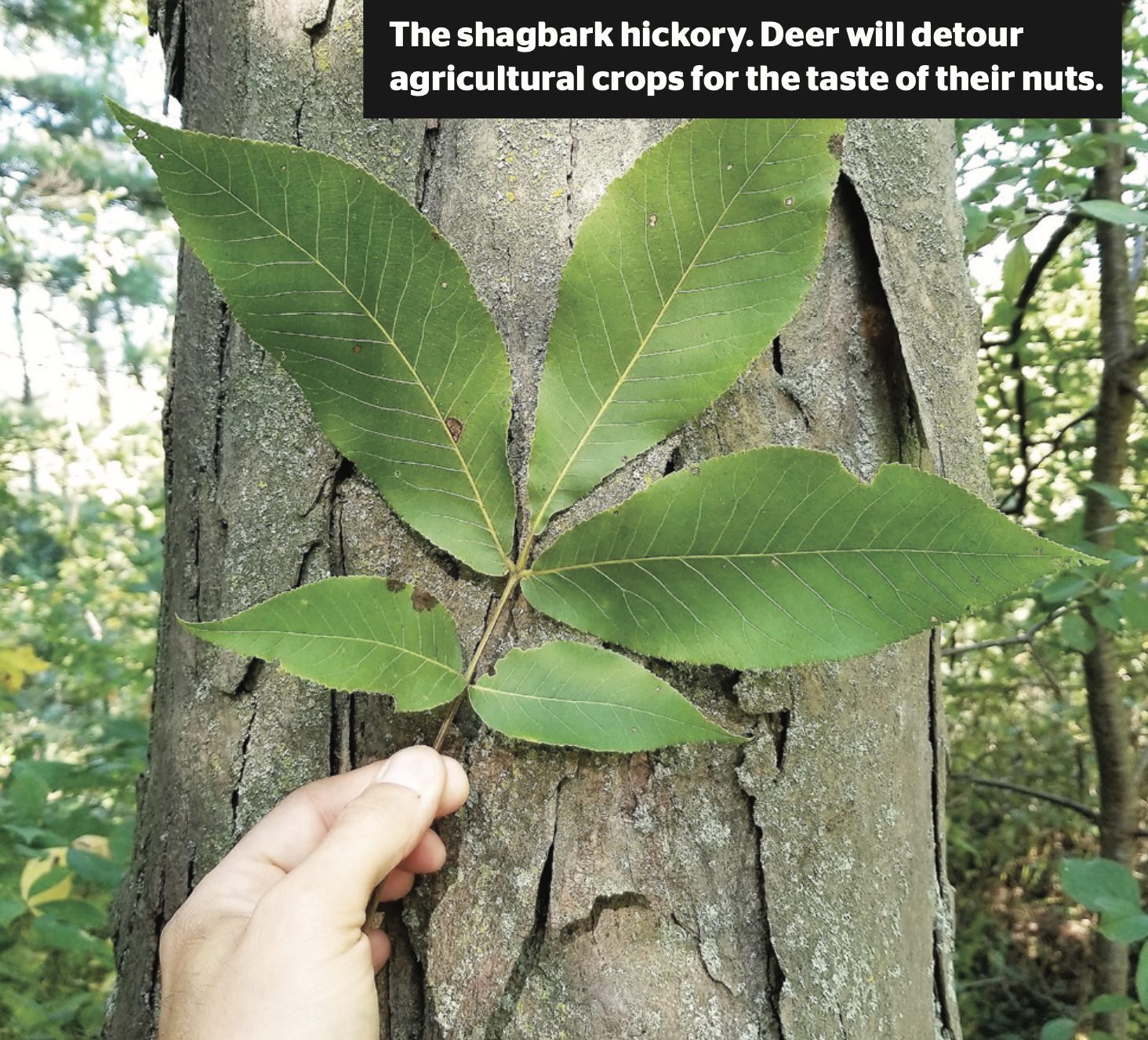
White oak
The classic white oak (Quercus alba) and bur oak (Quercus macrocarpa) are characterized by their thicker bark with a cork-like feel and appearance. The bur oak has a very noticeable fringe to the cup of the acorn, like coarse hairs. White and bur oaks bear the more desirable acorns that than red oak (Quercus rubra). Red oak acorns contain high levels of tannin, which deer tend to avoid due to the acidity. Deer may resort to red oak nuts later in the season once other oak nuts are depleted.
Ontario’s oaks thrive in great spans throughout the province. It is common to find oak species north of Lake Nippissing to as far west as Sault St. Marie. Oaks are also often the largest and most dominant mast trees throughout a mixed hardwood bush and produce generous amounts of acorns roughly every other growing season.
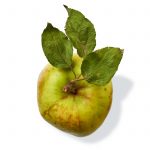
Apple
Apples (Malus sp.) need no introduction and are a classic deer food delicacy. This tree species is easily the most popular with hunters and for good reason. The sweet, fleshy fruit of both wild crab apple and the ornamental varieties attract deer in the early fall when they begin to ripen. Hunters are often enticed by these trees because they grow in open areas that provide ideal shooting opportunities. Apples are sun-loving trees which thrive in forest clearings and fence lines often where deer travel. If you find an apple tree, you’ll find deer activity.
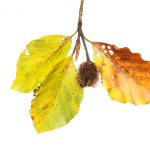
Beech
American beech (Fagus grandifolia) is a nut-bearing species that draws deer in like kids to Halloween candy. Beech are one of the most easily identifiable trees due to their smooth, grey bark. Mature specimens look much like an “elephant’s leg.” The seeds of the beech usually grow in pairs within a bristly reddish-brown husk.
Each nut has three sides and an angular shape, and ripen and shed in autumn. Good seed crops occur at about 50 years of age, continuing at two-to eight-year intervals. American beech reproduce by root sprouts. Therefore; this species often colonizes and is capable of dominating sections of forest stands. In a good seed year, these beech-laden locations in a wood lot can be an ideal spot to set up a stand for passing deer.
Shrubs
Beaked hazelnut
A member of the birch family, the beaked hazelnut (Corylus cornuta) fancies clearings and edge habitat. They often grow in clusters and can form large thickets. A favourite among human foragers, its protein-filled nuts are targeted by many types of wildlife including deer. The nut is easy to identify by its leafy sack, which protrudes beyond the nut and is covered in course hairs. The nuts often grow in clusters of two to three. This hardy species is common across the northern part of Ontario’s deer range.
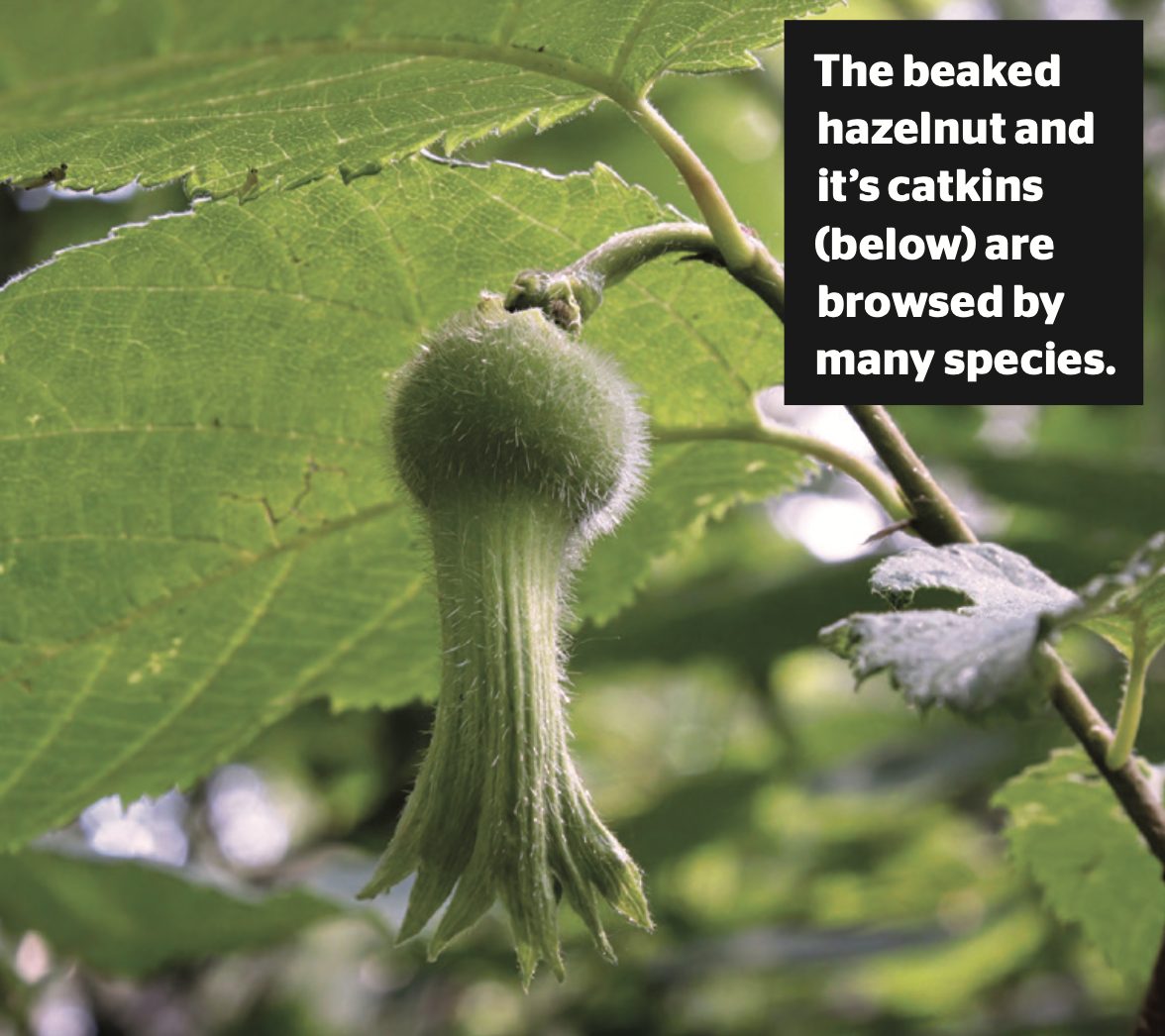
Chokecherry
Likely the most widespread shrub species in the province, chokecherry (Prunus virginiana) covers all Ontario as far north as Hudson Bay. The fruit grows in large hanging clusters from summer to early fall and begins with a bright red colour, ripening to a deep purple. Being so common in Ontario, chokecherries are a key nourishment provider for deer and many other types of wildlife.
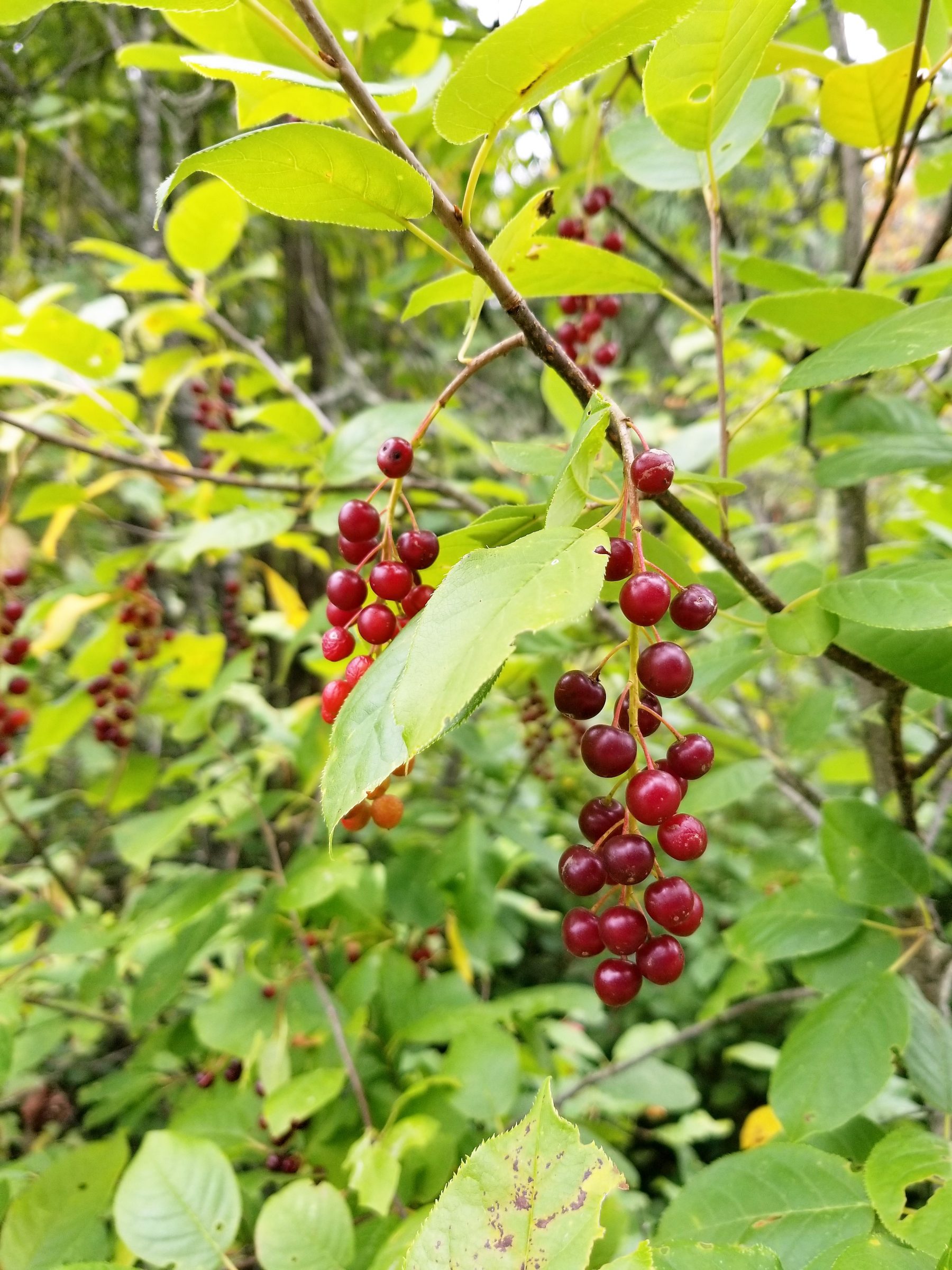
Wild grapes
Wild grapes (Vitis sp.), sometimes called riverbank grapes, is a very common vine species growing throughout southern Ontario. The strong, thick strands of vine can make bush travel a nightmare, especially when trying to retrieve a harvested deer. Whitetails are drawn to the fruit and leaves of these plants, which are loaded with essential nutrients such as calcium and phosphorus. Wild grapes are easy to locate due to an ability to climb and take over large trees and shrubs.
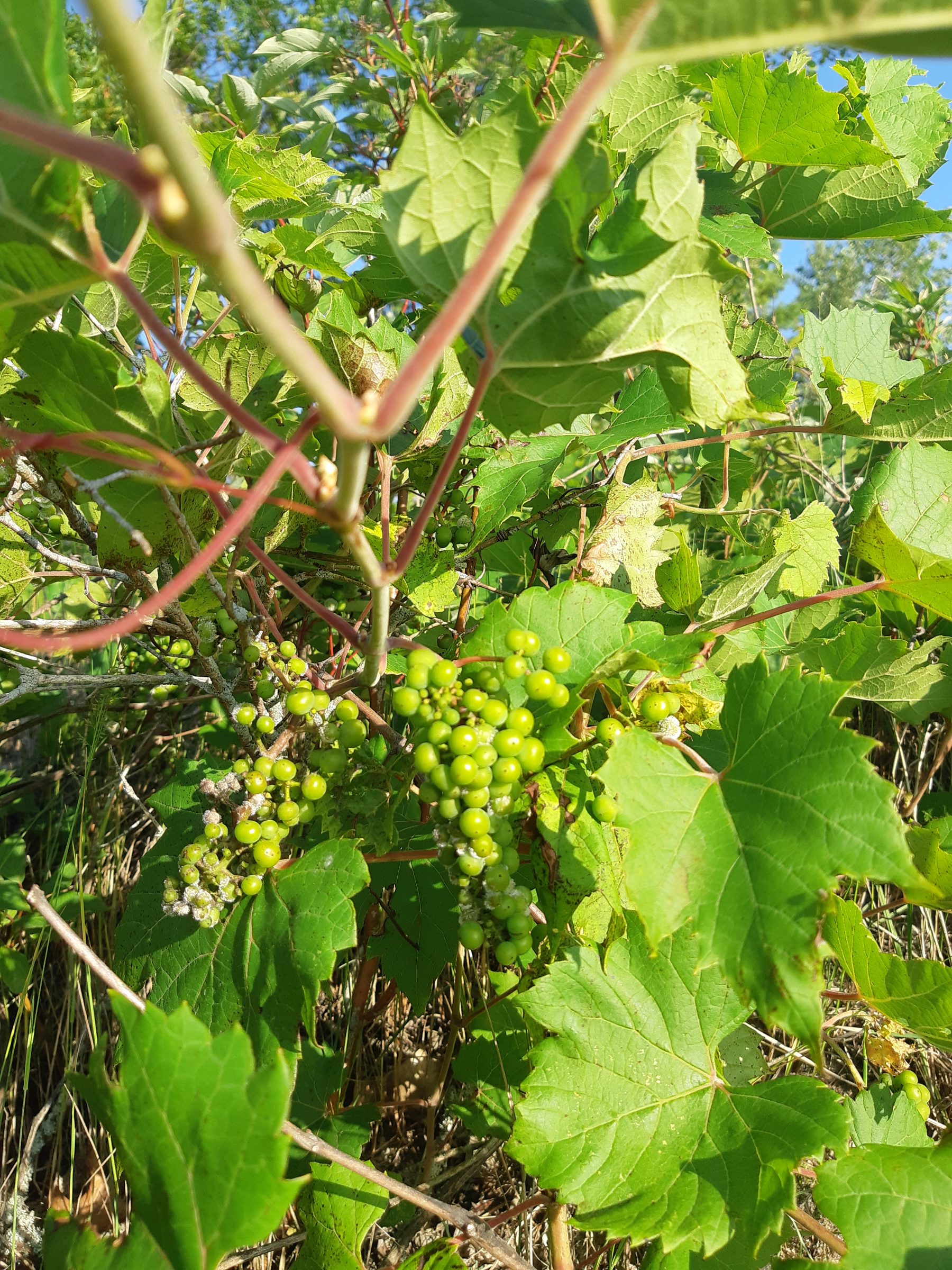
These trees and shrubs attract other game. Black bears, wild turkeys, grouse, and squirrels also depend on the seed sources that Ontario’s trees and shrubs provide. Familiarizing yourself with the land you hunt and the trees that live there will surely aid you in the pursuit of wild game.
Originally published in Ontario OUT of DOORS’ 2021-2022 Hunting Annual.
